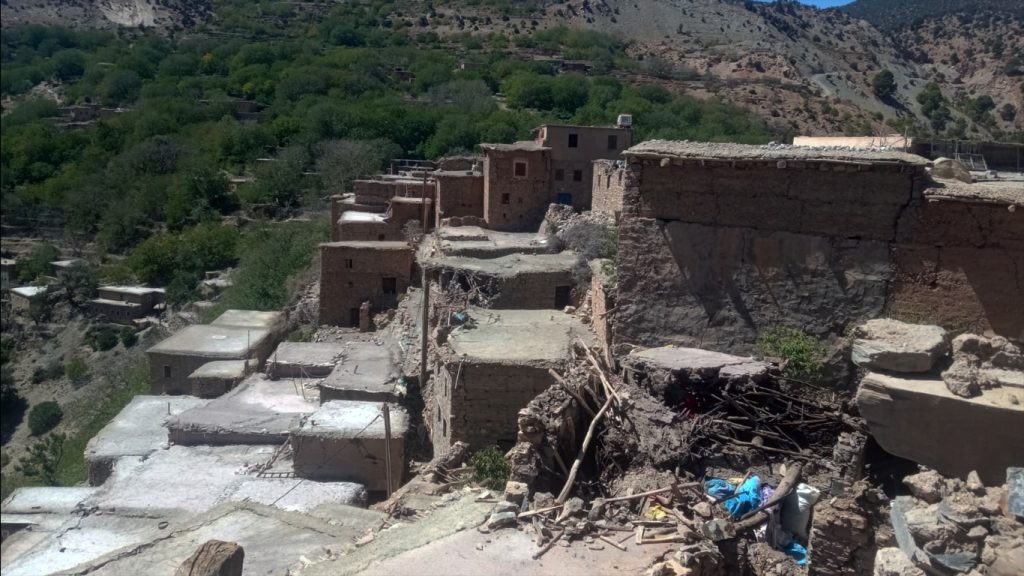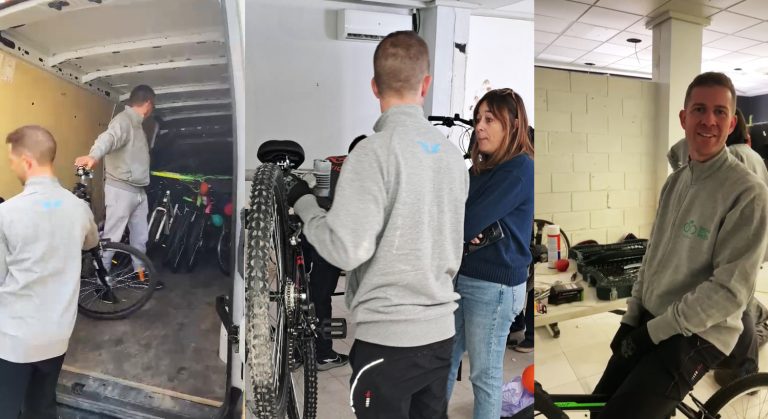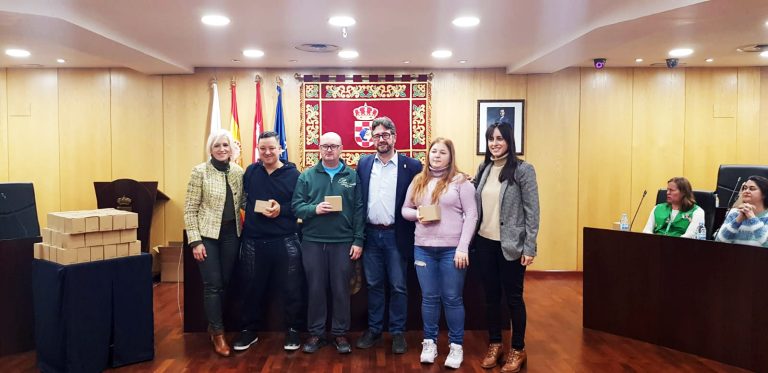Bicis para la Vida by Škoda will return to the villages of Morocco’s High Atlas Mountains in 2024
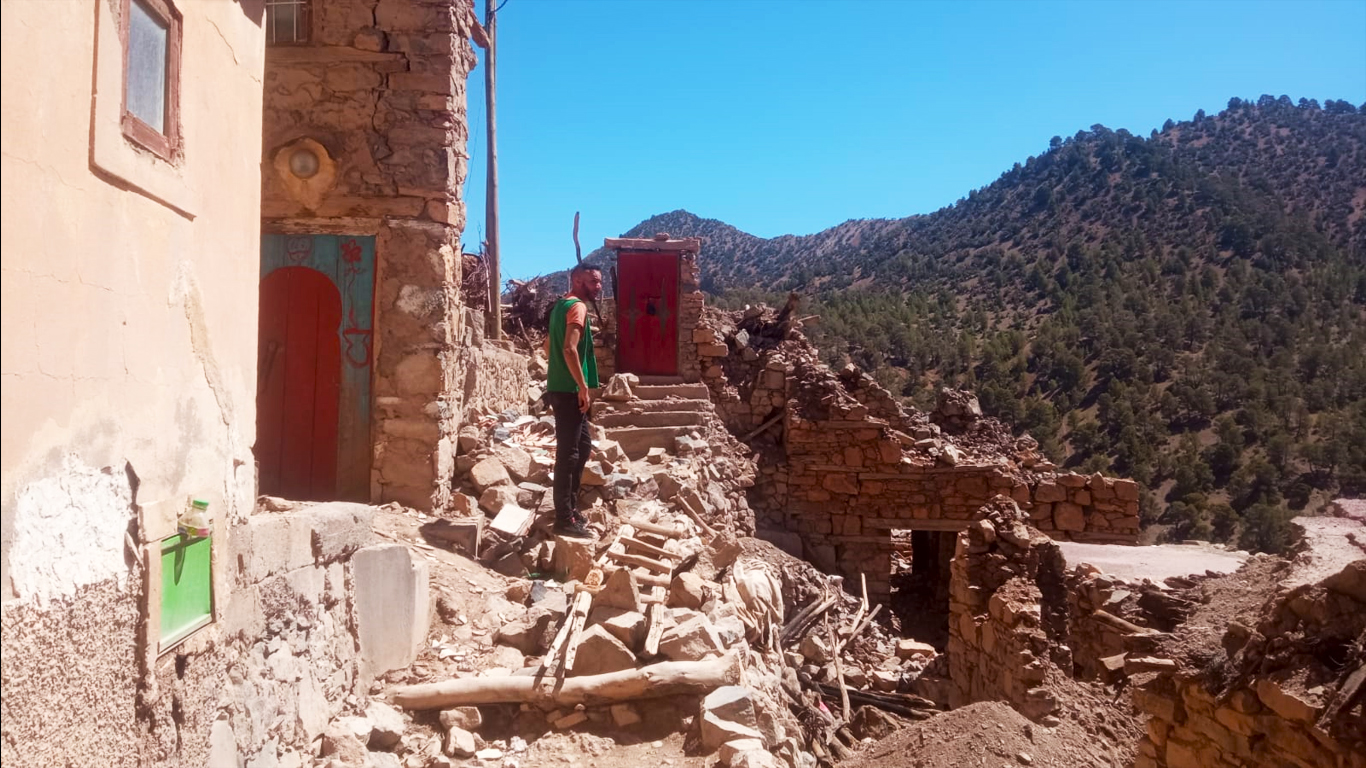
In the first days of September, the planet’s heart was ripped out of its chest by a new manifestation of the unleashed forces of nature. An earthquake with its epicentre some 70 kilometres south of the tourist resort of Marrakech left more than 3,000 dead, a multitude of injured and incalculable material damage, causing enormous human and material damage in many parts of the country, with particular devastation in the region of Marrakech-Safi, in the province of Al-Haouz. It also had a severe impact on prefectures in the neighbouring regions of Draa-Tafilalet and Beni Melal-Jenifra.
Areas with complex and difficult access where many villages and rural enclaves collapsed due to the violence of the earthquake. Well known environments for our Bicis para la Vida by Škoda project, an initiative that has been giving a second life to bicycles that are no longer in use in these geographic environments where the frames take on a new value and provide an enormous service to their inhabitants, especially children. A work that was intended to be carried out again this year, with some emotive parallel actions, but that will wait a few more months to become a reality.
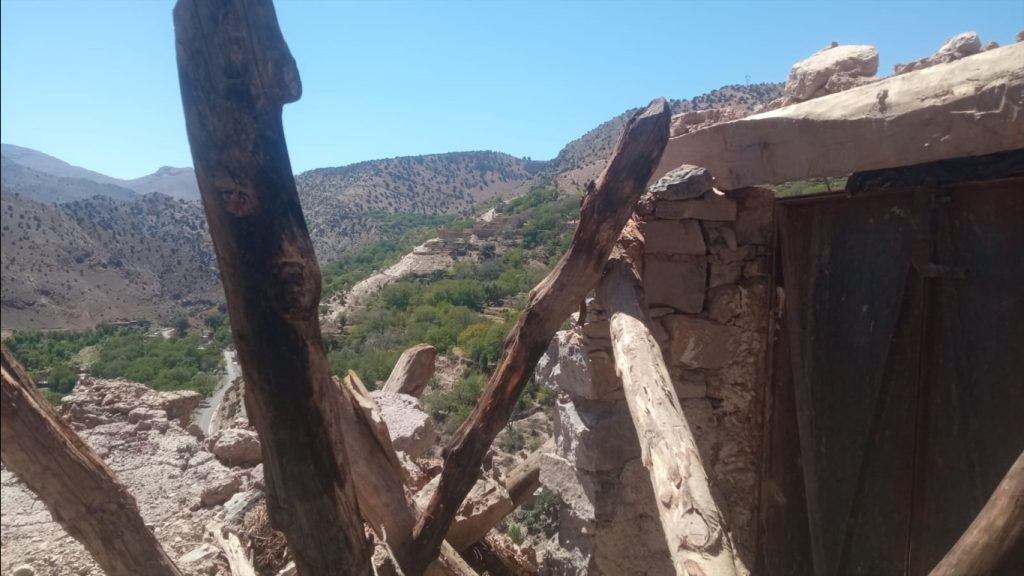
Bicis para la Vida by Škoda was working on a new expedition with the additional support of AURUM Bikes planned for the last days of September. After the earthquake, as could not be otherwise and given the need for other priority actions, the trip was put on hold with a view to seeing how events evolved and resuming it at the end of October or November. And although the situation is fortunately much better, the bureaucratic needs of this type of experience and the common sense that more priority actions are still pending on the ground suggest and invite postponement until next year.
Hafid El Rhadiouini, the project’s liaison officer in Morocco, has been able to visit part of the territories, and the news is gradually getting better. “The authorities reacted very quickly to provide the inhabitants with a minimum of water and food services and to start rebuilding the houses as soon as possible. The families are well. In several villages the damage has fortunately been concentrated in some areas, not all of them. We have to continue working to complete the reconstruction,” he says.
